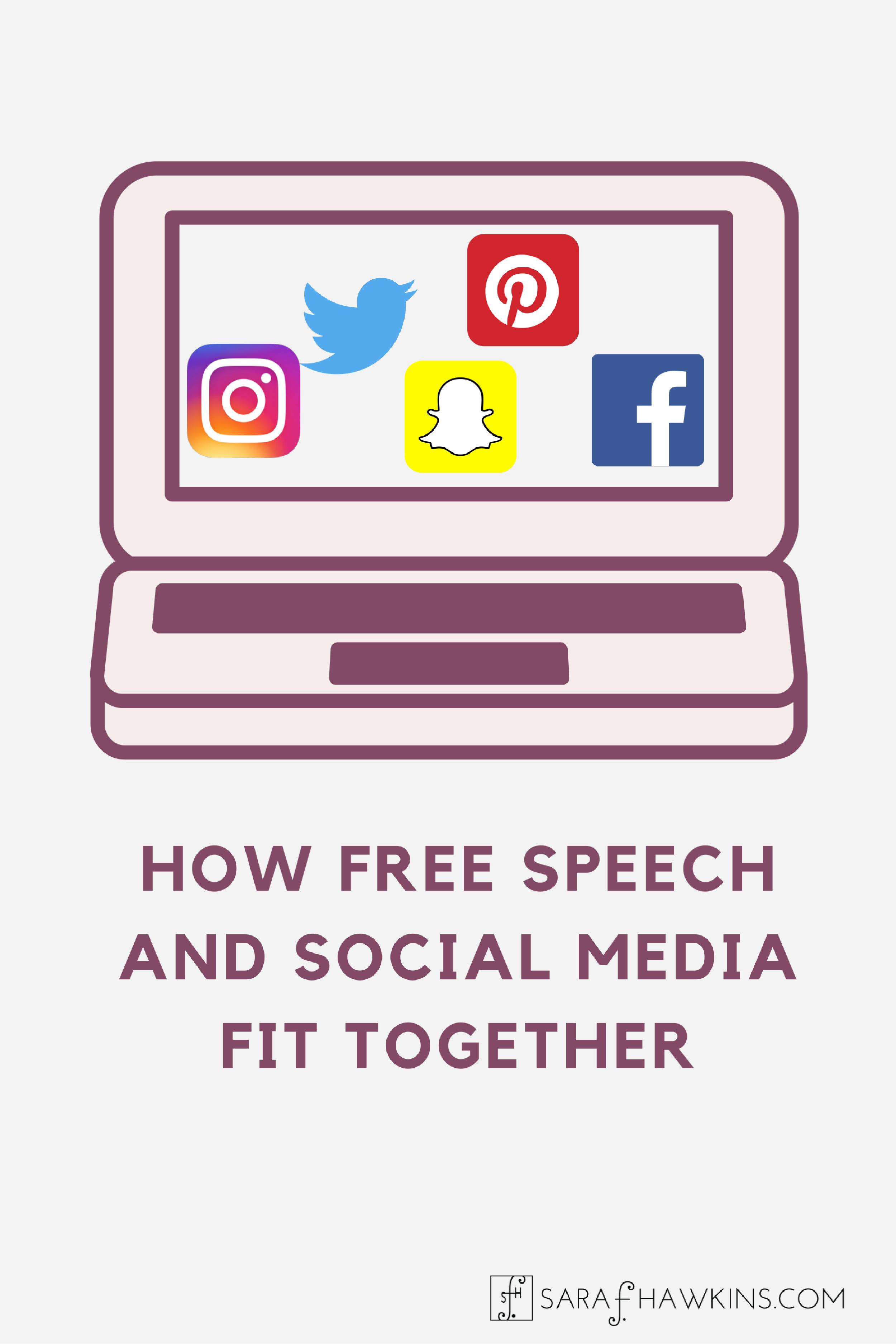Free Speech And The Regulation Of Social Media Content
Free Speech And The Regulation Of Social Media Content
The advent of social media has revolutionized the way we communicate and share information. Platforms like Facebook, Twitter, and Instagram have enabled us to connect with people globally, express our thoughts, and engage in public discourse like never before. However, with this newfound freedom, questions arise regarding the regulation of social media content and its impact on free speech.
1. The Power and Responsibility of Social Media Giants

In recent years, social media giants have faced mounting pressure to regulate the content shared on their platforms. Critics argue that they have become quasi-governments, having considerable influence over public opinion and discourse. With such power comes the responsibility to ensure a fair and open platform for all users.
Proponents of regulation argue that social media platforms should actively monitor and moderate user-generated content to prevent the spread of hate speech, misinformation, and cyberbullying. They believe that failure to do so could lead to real-world harm and the erosion of democratic values.
However, others caution against an overreach of power by social media companies, expressing concerns over censorship and the suppression of free speech. They argue that such monitoring and moderation practices may stifle diverse opinions, limit creativity, and impede intellectual freedom.
2. Striking a Balance: The Challenges of Content Moderation

Content moderation on social media platforms is a complex and challenging task. It requires striking a delicate balance between fostering an inclusive online space and safeguarding against harmful content.
One of the main challenges faced by social media companies is identifying and defining what constitutes hate speech and misinformation. The interpretation of such content can vary depending on cultural, social, and political contexts. Developing comprehensive guidelines and deploying AI algorithms to detect and flag such content is an ongoing effort.
Moreover, the sheer volume of user-generated content makes it practically impossible to review every post manually. Social media platforms rely heavily on automated systems to identify potential violations. However, these systems are not foolproof and can sometimes lead to erroneous takedowns or unintentional censorship of legitimate content.
3. The Future of Social Media Regulation: A Balancing Act
The debate surrounding the regulation of social media content is far from settled. As society grapples with the implications of an increasingly interconnected world, finding a suitable balance seems crucial to protect both free speech and the safety of online communities.
Some suggest that transparency and accountability should be central to any regulation framework. Social media companies should provide clear guidelines on their content moderation policies and be open to external audits to ensure fairness and impartiality.
Others argue for a more decentralized approach, where users have a say in defining the rules and regulations that govern their online spaces. This participatory model could empower individuals to take ownership of their digital experiences while fostering a sense of community responsibility.
FAQ
1. Does regulating social media content infringe upon free speech?
While some argue that regulating social media content restricts free speech, others believe it is necessary to prevent harm and maintain a healthy online environment. Striking a balance between the two is a challenge that requires careful consideration.
2. Can AI algorithms effectively moderate social media content?
AI algorithms are constantly improving, but they still face challenges in accurately detecting and handling context-specific content. Human oversight is crucial to ensure a fair and unbiased moderation process.
3. How can users contribute to the regulation of social media content?
Users can actively engage in discussions and provide feedback to social media platforms regarding their content moderation policies. Additionally, promoting digital literacy and critical thinking can contribute to a more responsible online community.
4. What are the potential consequences of unregulated social media content?
Unregulated social media content may contribute to the spread of misinformation, hate speech, and cyberbullying. These can have real-world consequences, including harm to individuals, the erosion of trust in institutions, and the polarization of society.
5. Are there any international standards for social media content regulation?
At present, there are no universally accepted international standards for social media content regulation. Different countries take various approaches to address this issue, often reflecting their unique cultural, legal, and societal landscapes.
As the digital landscape continues to evolve, the balance between free speech and the regulation of social media content remains a topic of intense debate. Striving for transparency, inclusivity, and user participation may hold the key to creating a responsible and sustainable online environment.
Social Media And Free Speech – SEGi College Kuala Lumpur
 Image Source : colleges.segi.edu.my
Image Source : colleges.segi.edu.my segi
Free Speech In The Social Media Age - The Locker Room - The Locker Room
 Image Source : lockerroom.johnlocke.org
Image Source : lockerroom.johnlocke.org speech scholar examination linked
Conservatives Promote Free Speech For Social Media - The National Center
 Image Source : nationalcenter.org
Image Source : nationalcenter.org social speech conservatives promote mar
How Free Speech And Social Media Fit Together
 Image Source : sarafhawkins.com
Image Source : sarafhawkins.com speech social together fit right heard seen ve posted
Free Speech And The Regulation Of Social Media Content Book Pdf Downlo
Reply All: Free Speech In The Age Of Social Media - Events - Berkeley
speech social age reply berkeley
Free Speech And Social Media | Reality Team
 Image Source : realityteam.org
Image Source : realityteam.org Psychologists: ‘There Is No Alternative To Free Speech’ | Cornell Chronicle
speech cornell chronicle kenigsberg wendy university photography
Speech scholar examination linked. Psychologists: ‘there is no alternative to free speech’. How free speech and social media fit together. Conservatives promote free speech for social media. Social media and free speech – segi college kuala lumpur